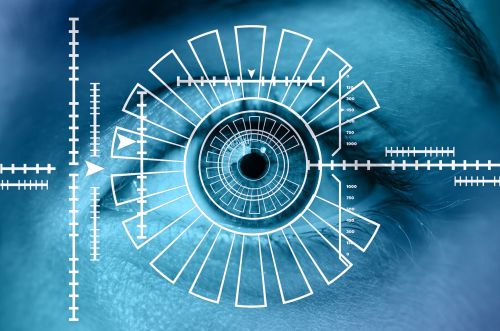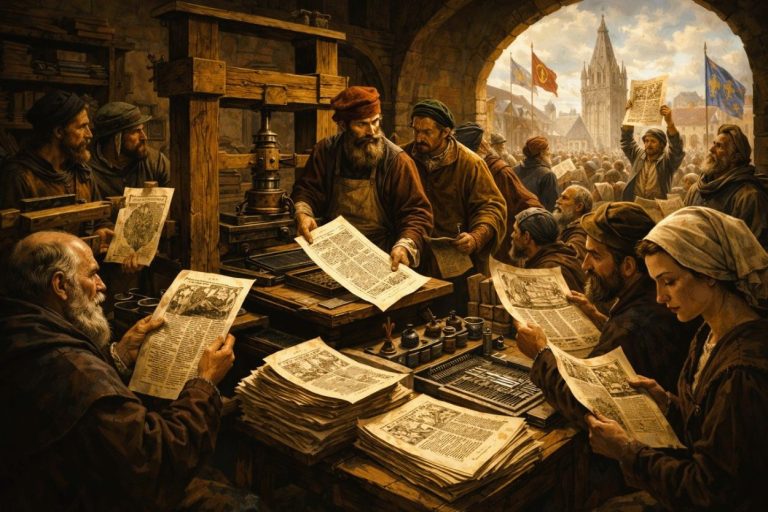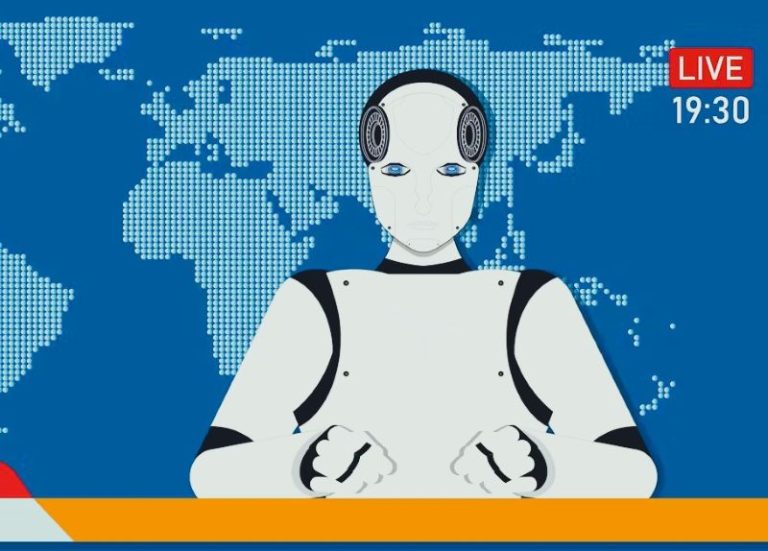

Artificial intelligence has rapidly shifted from being a futuristic concept to a daily reality. From recommendation engines in streaming platforms to advanced language models capable of producing human-like writing, AI has permeated every corner of modern life. With this evolution, questions about authenticity and originality have become more pressing than ever. This is where the role of AI detection enters the conversation.
An AI detector is designed to identify whether text was written by a human or generated by artificial intelligence. While this might sound like a technical concern relevant only to researchers or developers, the implications extend far beyond the tech world. Education, journalism, creative industries, and even politics are being reshaped by the ability to distinguish between human expression and machine output.
As discussions around authenticity in digital communication continue to grow, tools such as Humanize AI are becoming increasingly relevant. They help bridge the gap between algorithmic generation and human nuance, ensuring that AI-assisted writing maintains a tone, rhythm, and emotional depth closer to genuine human expression.
For educators, the rise of AI-powered writing tools has presented both opportunities and challenges. On one hand, students have access to resources that can help them brainstorm ideas and refine their work. On the other hand, some students may rely too heavily on AI-generated content, raising concerns about academic integrity. AI detection tools help level the playing field by ensuring that assessments remain fair and that genuine effort is recognized.
In journalism, where accuracy and credibility are paramount, the importance of identifying the source of information cannot be overstated. News organizations increasingly face the risk of AI-generated misinformation being circulated as fact. Detection systems act as a safeguard, enabling editors to verify the authenticity of articles and protect public trust. This function becomes even more vital during election cycles or global crises when misinformation can have far-reaching consequences.
Creative industries are also experiencing the impact of AI-generated content. Writers, artists, and musicians are finding themselves in competition with machine-made outputs that can mimic styles or generate entirely new creations. While this technology can be a source of inspiration, it also poses questions about originality, intellectual property, and the value of human creativity. By detecting whether a piece was produced by a human or an AI system, creators can assert ownership and protect their work.
From a societal perspective, the integration of AI into daily life demands accountability. Transparency is crucial if people are to trust the information they consume. When users engage with digital content, they deserve to know whether it reflects human thought or machine-generated patterns. AI detection tools provide the transparency needed to maintain trust in media, education, and communication.
Of course, detection technology is not perfect. As AI writing models evolve, they become increasingly difficult to distinguish from human authors. This creates a kind of technological arms race, with AI developers improving text generation and detection tools simultaneously striving to keep up. It underscores the fact that human oversight remains essential. No matter how advanced AI detection becomes, critical thinking and informed judgment must remain at the center of evaluation.
Another dimension worth considering is ethics. Legal frameworks and professional standards will need to adapt as AI-generated content becomes more prevalent. For instance, should individuals or companies be required to disclose when AI has been used to create content? What level of accountability should exist if AI-generated material causes harm or spreads misinformation? These questions are not merely technical; they are deeply connected to social values and legal responsibilities.
In the coming years, it is likely that AI detection will become an everyday tool used in schools, workplaces, and media organizations. Much like plagiarism checkers are now a routine part of academic submissions, AI detection systems may soon be an expected safeguard to ensure authenticity and accountability. The challenge will be integrating these tools in a way that supports innovation without stifling creativity or creating unnecessary barriers. Ultimately, the rise of AI-generated content challenges society to rethink the relationship between humans and machines. While artificial intelligence can serve as a powerful assistant, it cannot replace the depth of human judgment, empathy, and originality. AI detection tools offer a means to preserve these qualities while navigating the new digital landscape. By using them thoughtfully, we can strike a balance that embraces technological progress while protecting the integrity of human expression.


